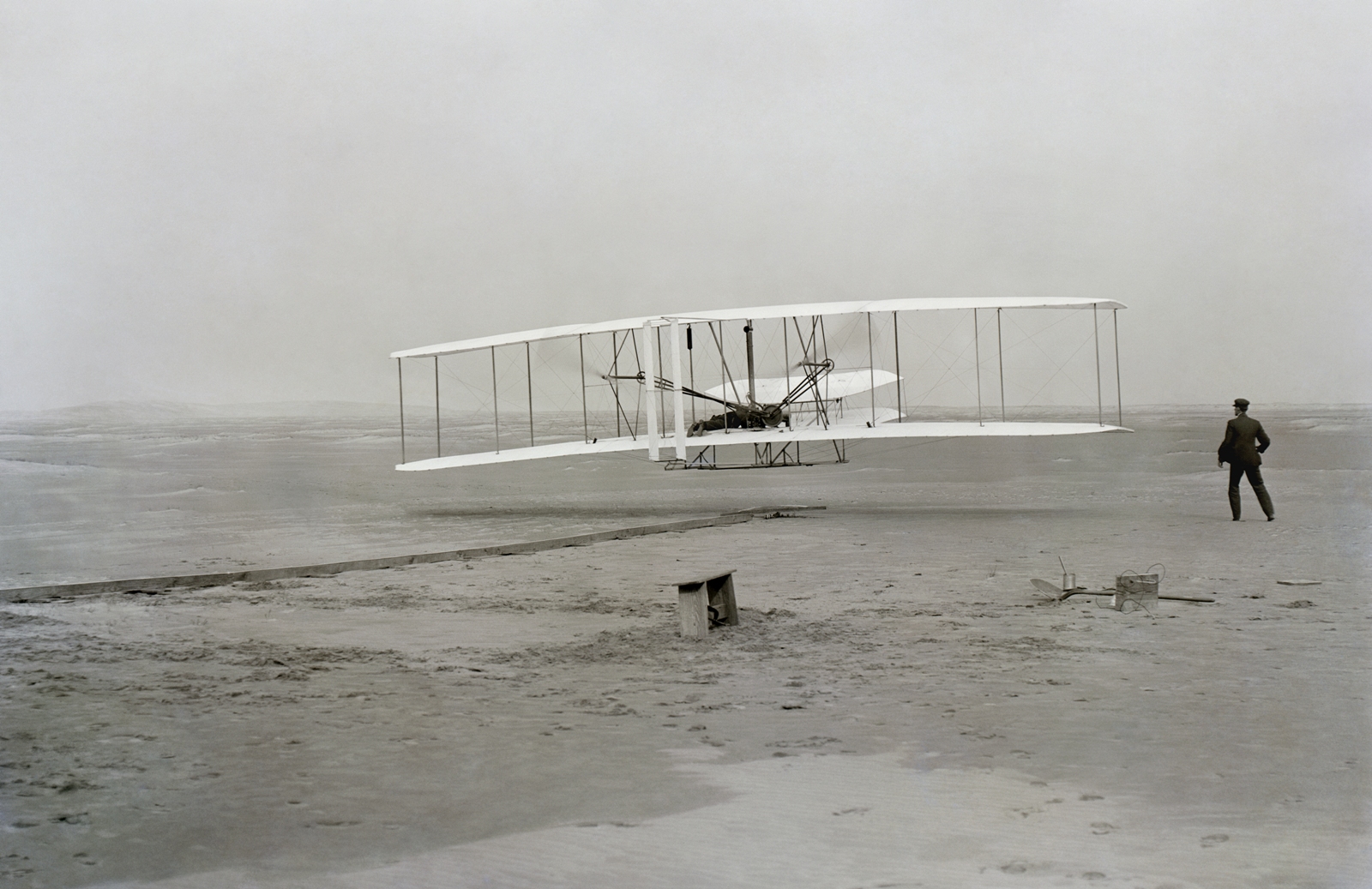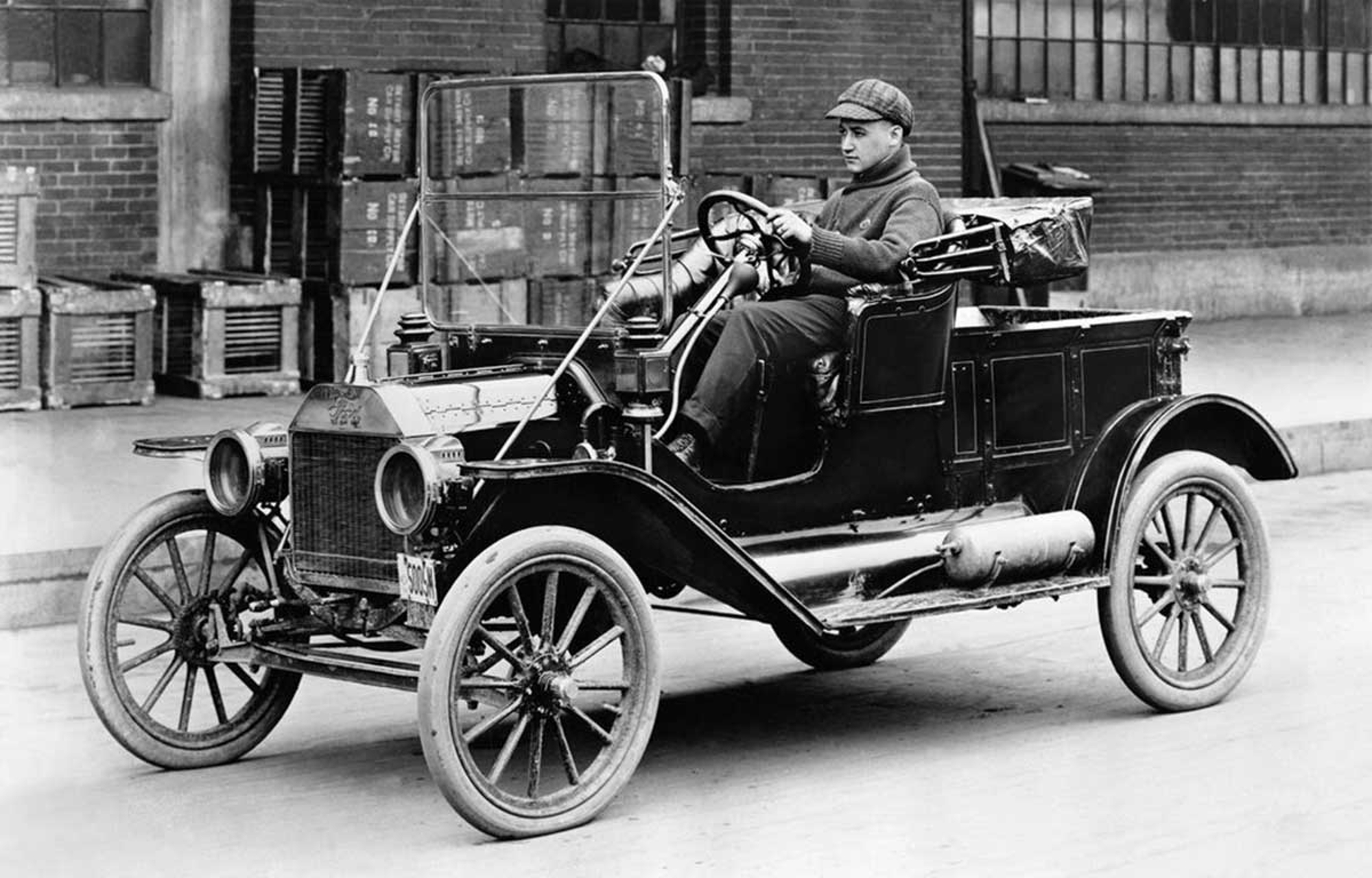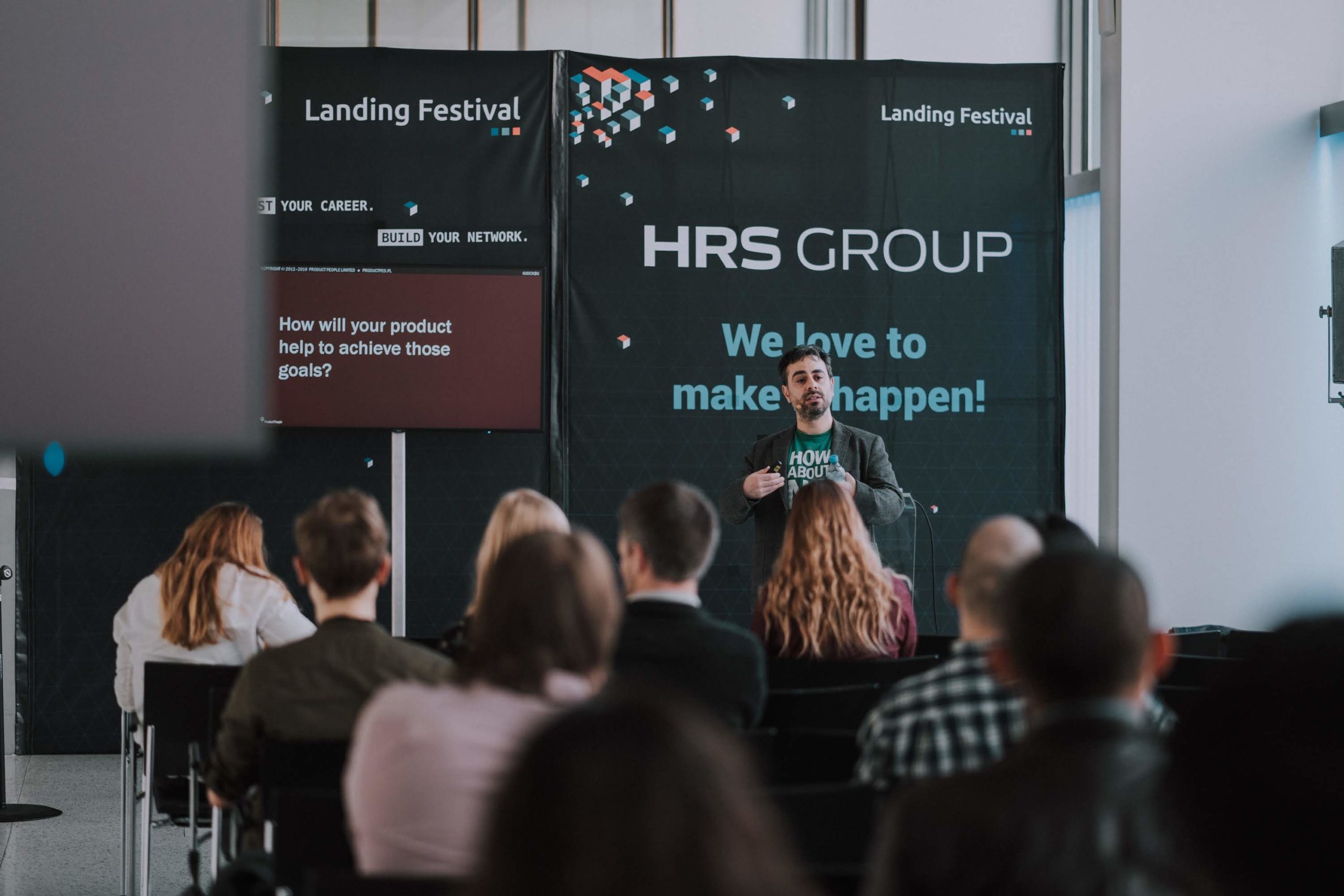PRODUCTHEAD: More than making the right moves with frameworks
» Frameworks help to spur thinking; they don’t provide the answers
» “I would be nothing without my dev teammates, but my devs would probably get on pretty well without me.”
» Use frameworks with discretion – and expect a bit less of them








